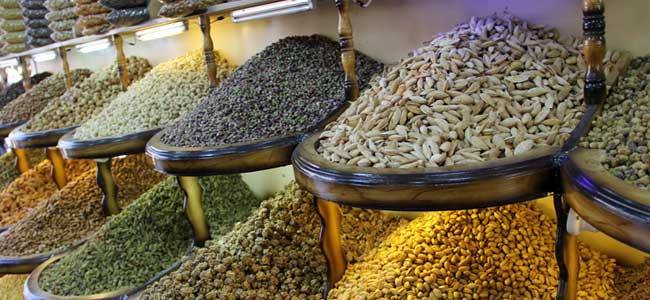Afghanistan exported over $643 million worth of fresh and dried fruits last year, mainly to Pakistan, India, UAE, and Turkey.
The Economic Affairs Office of the Taliban’s Prime Minister has reported that Afghanistan exported a total of 466 metric tons of fresh and dried fruits during the solar year 1403 (2024), generating an estimated $643 million in revenue.
According to a statement released on Saturday, May 4, the main export items included almonds, walnuts, pine nuts (chilgoza), prunes, figs, raisins, apricots, pomegranates, grapes, and apples. These fruits make up a significant portion of the country’s agricultural exports.
The Taliban administration noted that key buyers of Afghanistan fruits were Pakistan, India, Uzbekistan, the United Arab Emirates, and Turkey. These trading partners continue to play a vital role in sustaining Afghanistan’s export economy.
Afghanistan’s dried and fresh fruits remain among the most sought-after products in regional markets due to their organic quality and rich flavor. For years, these products have been essential to the livelihood of Afghanistan’s farmers and rural communities.
Exports of fruits not only contribute to national income but also help strengthen Afghanistan’s ties with neighboring and regional countries. Trade routes and agreements continue to shape the volume and direction of exports.
Last year, the Taliban’s Economic Affairs Office also reached out to Uzbekistan’s Prime Minister, requesting support in facilitating the transit of fresh Afghanistan’s fruits to Central Asian markets. This effort is part of a broader strategy to diversify trade routes and reduce dependency on specific corridors.
Despite political and economic challenges, Afghanistan’s agricultural exports remain a lifeline for its struggling economy. The resilience of the fruit export sector highlights the importance of regional trade partnerships and infrastructure development.
Looking ahead, enhancing cold-chain logistics, easing border procedures, and expanding regional agreements will be key to maximizing the potential of Afghanistan’s fruit exports and ensuring stable income for thousands of local producers.













